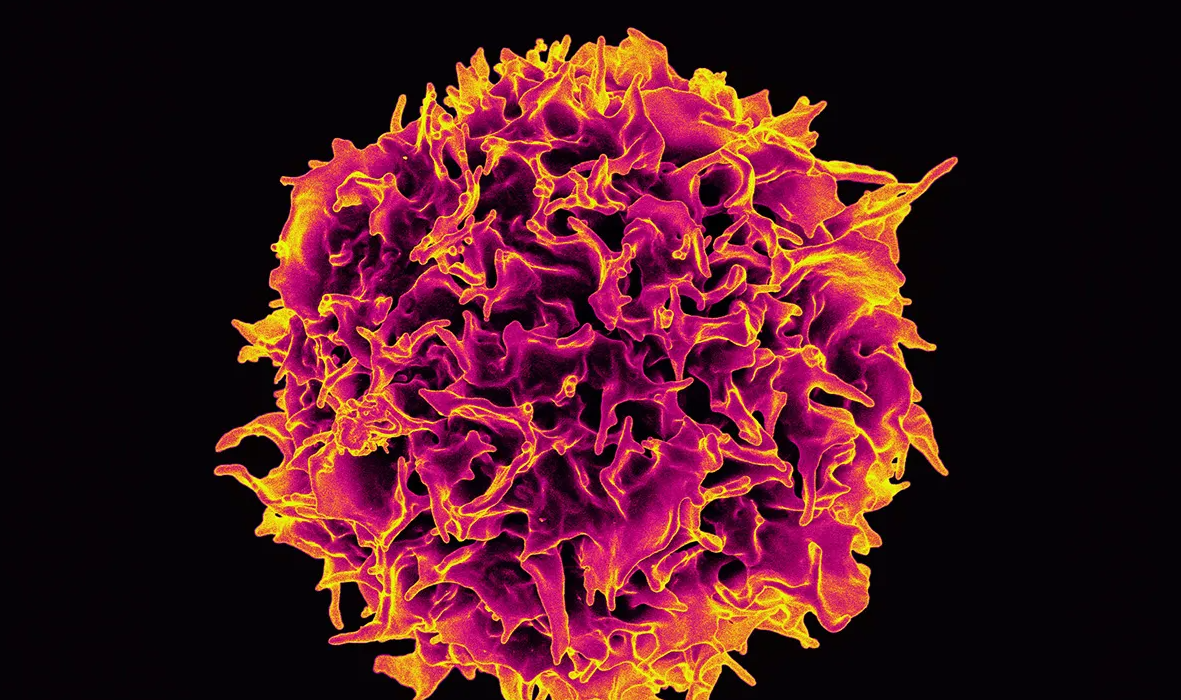In the landscape of cancer treatment, few therapies have generated as much excitement and hope as Tumor-Infiltrating Lymphocyte (TIL) therapy. This pioneering approach taps into the patient’s immune system to fight cancer with precision and efficacy, transforming the way we approach advanced and treatment-resistant cancers.
But what sets TIL therapy apart isn’t just its science—it’s the personalized care it offers and the profound shift it represents in how we view cancer recovery. Let’s dive into what makes TIL therapy revolutionary, explore new perspectives on its application, and consider what lies ahead for this groundbreaking treatment.
TIL Therapy: More Than Just Science
At its core, TIL therapy is a process that amplifies the immune system’s natural ability to combat cancer. However, its significance extends beyond the laboratory. By focusing on the patient’s unique biology, TIL therapy represents a shift from generic cancer treatments to a more individualized approach.
This personalization makes patients active participants in their treatment journey—empowered by a therapy derived directly from their own immune cells.
How It Works in Brief
- Harvesting Hope: Tumor tissue is extracted to isolate immune cells already fighting the cancer.
- Supercharging Defense: These cells are multiplied in a lab and activated to enhance their cancer-fighting capabilities.
- Targeted Attack: The reinfused cells home in on the tumor, delivering a powerful and precise assault.
A Deeper Connection: The Patient’s Role in Recovery
Unlike treatments that feel distant and mechanical, TIL therapy fosters a connection between the patient and their immune system. Patients often describe feeling reassured that their own body is leading the charge against cancer.
This aspect of TIL therapy also encourages patients to adopt complementary lifestyle changes, such as boosting their overall immune health through nutrition, stress management, and physical activity—contributing to a more holistic recovery journey.
Innovative Applications: Beyond Melanoma
While melanoma remains the flagship condition for TIL therapy, research is rapidly expanding its application. This broadening scope underscores the versatility and adaptability of the treatment.
Emerging Uses
- Liver Cancer: Early trials suggest TIL therapy could provide targeted solutions for challenging liver tumors.
- Rare Cancers: For conditions like sarcomas and ovarian cancers, where treatment options are limited, TIL therapy offers a beacon of hope.
- Combination Treatments: Pairing TIL therapy with emerging techniques like CAR-T cell therapy could amplify immune responses, offering solutions for previously considered untreatable cancers.
These advancements demonstrate that TIL therapy isn’t just a melanoma solution—it’s a universal platform for personalized cancer care.
For more on its potential to transform melanoma treatment, explore moffitt.org.
Why TIL Therapy Stands Out
TIL therapy isn’t the only immunotherapy making headlines, but it is unique in several ways:
- It’s Personal: Each patient’s treatment is as unique as their tumor, creating a one-of-a-kind therapeutic match.
- Long-Term Potential: Beyond immediate results, TIL therapy often “trains” the immune system to recognize and combat cancer cells, reducing recurrence rates.
- High Accessibility for Aggressive Cancers: It provides a new option for cancers resistant to standard therapies, like immune checkpoint inhibitors or chemotherapy.
Addressing Challenges: Making TIL Therapy Accessible
Despite its transformative potential, barriers such as cost and complexity remain. Here’s how the field is evolving to overcome these hurdles:
- Streamlining Production: New automation techniques aim to simplify the lab-intensive process of expanding immune cells.
- Cost Reductions Through Research: Larger trials and collaborations between institutions are driving efficiencies, making TIL therapy more affordable.
- Broadening Clinical Trials: Increasing access to trials ensures that diverse populations benefit from this groundbreaking treatment.
These efforts highlight the commitment to ensuring that TIL therapy reaches not just those in elite medical facilities but patients worldwide.
Conclusion: Hope and Healing in One Therapy
TIL therapy is more than a medical advancement—it’s a symbol of what’s possible when science and compassion intersect. For patients facing advanced cancers, it offers not only hope for survival but a chance to regain control of their lives. As the healthcare community continues to innovate, TIL therapy stands as a testament to the immune system’s power and the human spirit’s resilience. Together, they are rewriting the story of cancer recovery, one cell at a time.
